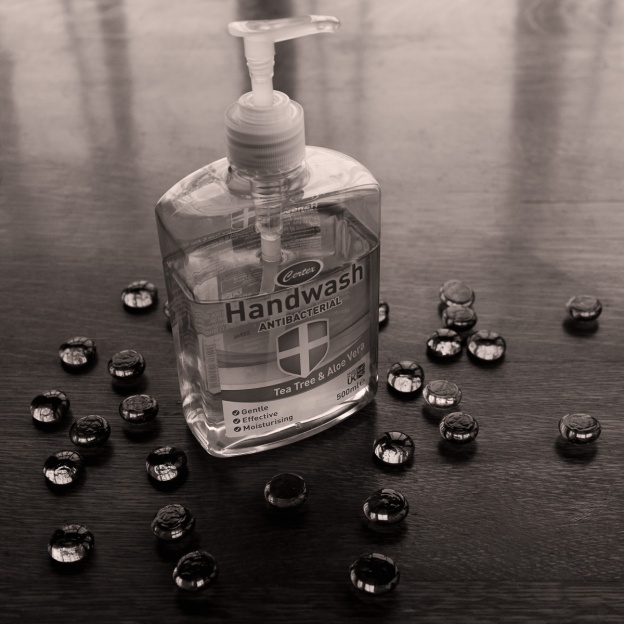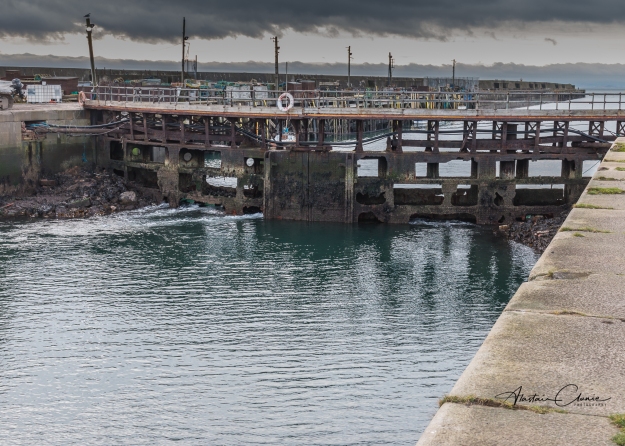As a commercial photographer, I spend most of my time working creatively with businesses to visually represent their brand values through photographs for use in their websites and publicity material. Subjects range from business portraits, to illustrative shots and products of all sorts.
Now that we are again in pretty much a full lockdown, business is really limited to small scale product shoots that I can do at home but this also provides the opportunity to indulge in some local landscape photography – observing all the guidance, of course – and it makes a pleasant change.

On Saturday morning I was up early(ish) to head to the beach with the aim of getting a photograph of the sun rising over the Firth of Forth. It was bitterly cold and one of the key pieces of equipment was the flask of freshly brewed coffee.
I had checked that sunrise was due at 08:45 and was at the location a good 30 minutes ahead of time. This gave me time to set up and also to take a few shots of the growing light before the sun rose over the horizon. The shot above was taken in this half hour before sunrise.
I’m not a landscape specialist but I think this is a genre every photographer enjoys, even if only for fun.
I set up on a tripod so that I had a fixed view which might allow for an interesting series as the sun rose. I opted for using aperture priority on ISO 100 setting the aperture to f11. I took a total of 32 shots in the set and the following is my favourite of the full disc of the sun being over the horizon.

This particular shot was at an exposure time of 1/125 sec. I had considered using an ND filter to achieve a long exposure and soften the water but decided against this for three reasons:
- I think long exposures work best when there is a clearly defined solid subject in the frame
- The time of the exposure would result in a tracking effect on the sun (unless I did a blending job in Photoshop)
- My hands were cold and I couldn’t be bothered fiddling about with filters
In the end, I prefer that there is some detail in the waves which I feel adds interest to the shot.
I doubt this would win any prizes in a landscapes competition, but that’s not the point. It was a refreshing experience to step into a different genre and I got a lot of pleasure from taking the photo and working differently. I also happen to like the end result, which is a bonus.
I should say there’s minimal post-production work on this photo. It was all done in Lightroom and consisted mostly of lens correction, and slight tonal adjustments.
It was indeed a pleasant change, and something I plan to do more of.































